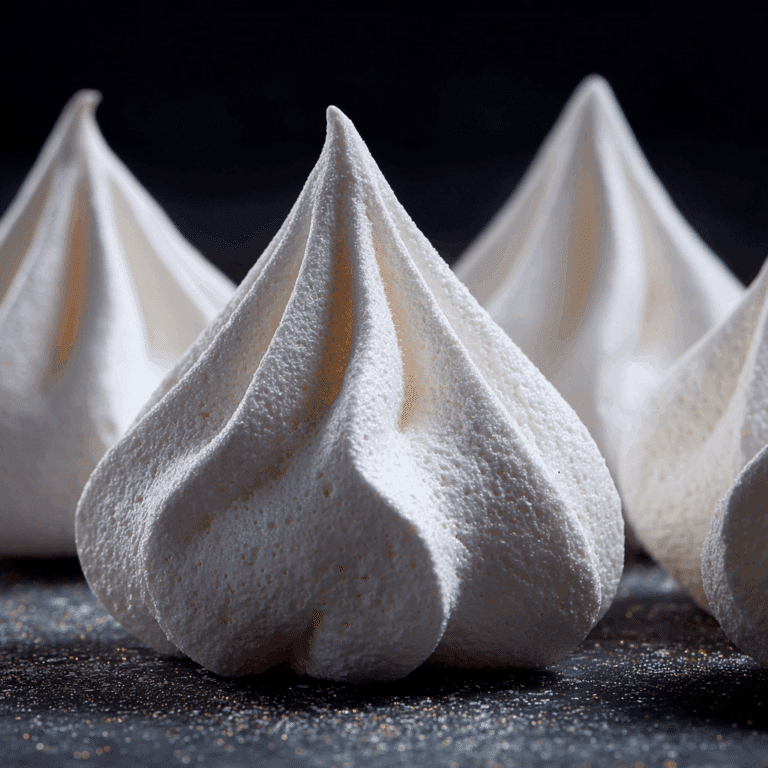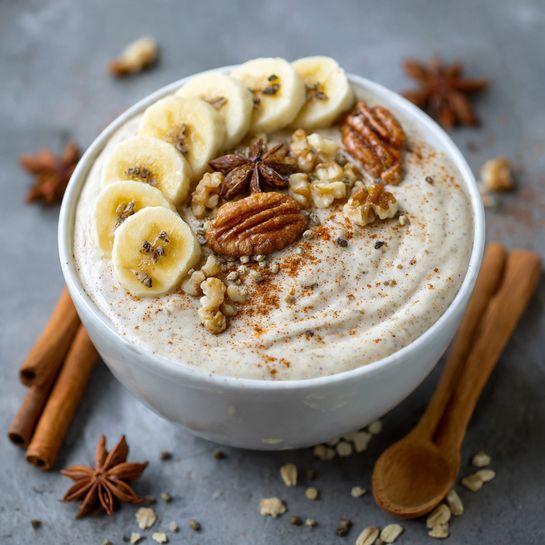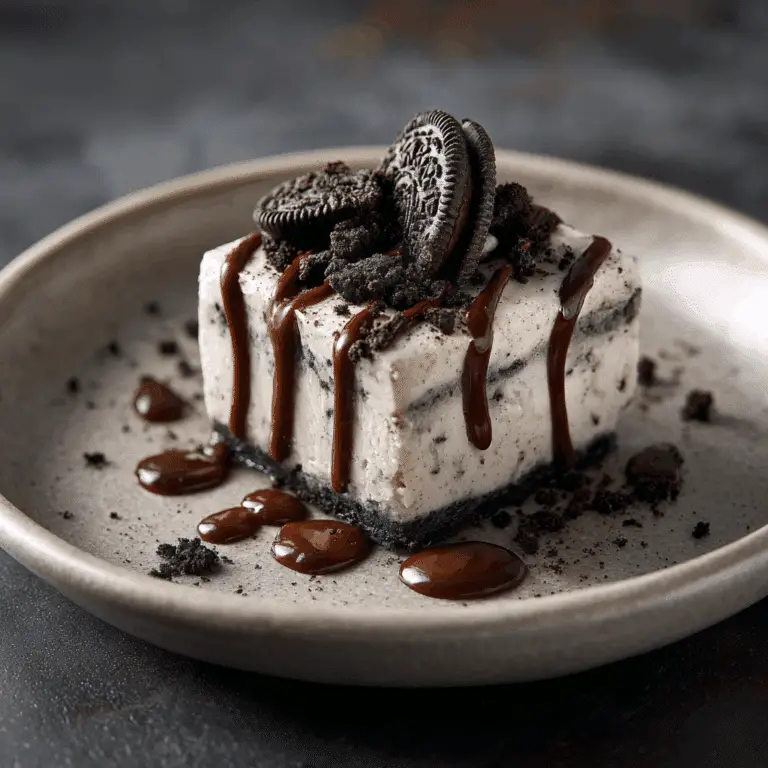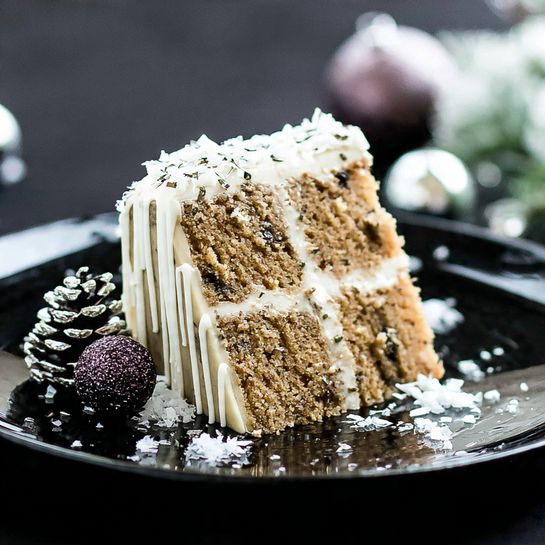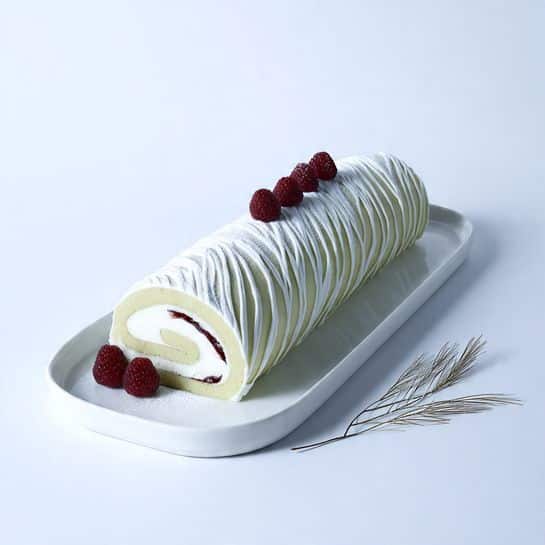Strawberry Sago Recipe
If you have a soft spot for delightful fruity desserts that come together without fuss, then you must try this Strawberry Sago recipe. Picture this: tiny, chewy tapioca pearls mingling with silky coconut milk and vibrant, juicy strawberries for a treat bursting with refreshing flavors and satisfying textures. The beauty of Strawberry Sago lies in its simplicity, yet every spoonful feels like a special celebration of sweet and creamy goodness. Whether you’re after a cool dessert on a warm day or a charming finale for a dinner with friends, this recipe feels like a warm hug in a bowl.

Ingredients You’ll Need
Getting your ingredients together for Strawberry Sago is refreshingly straightforward. Each component plays a crucial role in bringing balance—fresh strawberries add a natural sweetness and vibrant color, the coconut milk creates a luscious creaminess, and the tapioca pearls provide that fun, chewy texture we all enjoy.
- Fresh strawberries (600 g, finely diced): Choose ripe, fragrant berries for the best flavor and natural sweetness.
- Coconut milk (400 g, 1 can): This gives the dessert its smooth, creamy base and subtle tropical richness.
- Granulated sugar (50 g, adjust to taste): Enhances the natural sweetness of strawberries and balances the creaminess.
- Small tapioca pearls (150 g): The star ingredient providing that iconic chewy texture loved in sago desserts.
- Coconut jellies (225 g, drained): Also known as coconut gel or nata de coco, it adds an additional refreshing bite and texture contrast.
How to Make Strawberry Sago
Step 1: Blend the Strawberry Coconut Base
Begin by adding half of your diced strawberries, coconut milk, and sugar into a blender. Blend until smooth and creamy. This step creates the luscious, fruity base of your Strawberry Sago. Don’t forget to taste and adjust the sweetness here since strawberry sweetness can vary — add a little more sugar if you prefer it sweeter. Once blended to perfection, pour the mixture into a large serving bowl and chill it in the fridge while you prepare the tapioca pearls.
Step 2: Cook the Tapioca Pearls
Fill a medium pot with plenty of water and bring it to a rolling boil. Add the tapioca pearls and stir to prevent them from sticking. Boil uncovered for 10 minutes, stirring occasionally to keep them separated. After that, remove the pot from the heat, cover it with a lid, and let the pearls steam in the hot water for another 10 minutes until they turn translucent all the way through—this is key for that perfect chewy texture.
Step 3: Drain and Rinse Tapioca Pearls
Drain the cooked tapioca pearls using a fine mesh sieve. Rinse them thoroughly under cold running water to stop the cooking process and wash away excess starch, which prevents clumping. If you’re not using them immediately, keep the pearls submerged in cold water to maintain their chewy delightfulness.
Step 4: Combine Everything
Now comes the fun part. Add the remaining diced strawberries along with the drained coconut jellies into the chilled strawberry coconut base. Stir in the cooled tapioca pearls, mixing everything gently but thoroughly. If the mixture feels too thick, simply add a splash of cold water and stir to your desired consistency. Chill again or serve immediately for a refreshing, textured delight.
How to Serve Strawberry Sago

Garnishes
One of the joys of serving Strawberry Sago is how easy it is to elevate with garnishes. Fresh mint leaves add a subtle herbal lift, while a few whole strawberries layered on top make the bowl look inviting and vibrant. For an extra pop, sprinkle a few chia seeds or toasted coconut flakes for added texture and a crunchy contrast.
Side Dishes
While Strawberry Sago shines brightly as a standalone dessert, pairing it with light sides can make your dessert spread more memorable. Coconut-flavored sponge cakes or delicate pandan chiffon cakes complement the coconut milk beautifully. Alternatively, pair it with tropical fruit salads or even a cold green tea for a refreshing balance that keeps the palate excited without being too heavy.
Creative Ways to Present
Don’t be afraid to get creative when serving your Strawberry Sago. Try layering it in clear glasses or mason jars for a stunning parfait look, alternating layers of the strawberry coconut base, tapioca pearls, and coconut jellies. For a festive vibe, serve it in mini glass bowls topped with edible flowers or frozen strawberries to add a pop of color and a refreshing chill.
Make Ahead and Storage
Storing Leftovers
Strawberry Sago keeps well in the refrigerator for up to three days. Because the tapioca pearls absorb liquid over time, the mixture will thicken as it sits. Simply stir in a bit of cold water or extra coconut milk before serving again to refresh the texture and loosen it back to its lovely, spoonable state.
Freezing
Freezing Strawberry Sago is generally not recommended. The delicate texture of tapioca pearls changes significantly when frozen and thawed, often becoming hard and losing that coveted chewiness. For best results, enjoy this dessert fresh or keep it refrigerated for those few days after making it.
Reheating
This is a chilled dessert best enjoyed cold, so reheating is unnecessary. If you want it a bit less cold, simply leave it at room temperature for 15–20 minutes before serving. Stir gently to bring all the flavors back together and to loosen the pearls if they have thickened.
FAQs
What size tapioca pearls should I use for Strawberry Sago?
Small tapioca pearls are ideal because they cook faster and blend seamlessly into the dessert, creating that signature chewy texture without overpowering the other ingredients.
Can I use frozen strawberries instead of fresh?
Frozen strawberries can work in a pinch, but fresh strawberries provide the best flavor and texture. If using frozen, thaw and drain any excess liquid to avoid diluting your dessert.
How sweet should Strawberry Sago be?
The sweetness depends on your strawberries’ natural sugar and personal preference. Start with 50 grams of sugar and adjust after blending the base until it tastes just right for you.
What are coconut jellies, and can I substitute them?
Coconut jellies, or nata de coco, are chewy cubes made from fermented coconut water. They add a delightful texture. You could substitute with other jelly cubes or popping boba, but it will change the mouthfeel slightly.
Is Strawberry Sago suitable for vegan diets?
Absolutely! This dessert is naturally vegan as it contains no animal products, relying instead on coconut milk for creaminess and fresh fruits for sweetness.
Final Thoughts
Making Strawberry Sago is like creating a little bowl of sunshine that you can enjoy anytime you want a sweet, refreshing treat. The balance of creamy coconut, chewy pearls, and vibrant strawberries just makes it irresistible. I truly hope you give this delightful recipe a try—you might find it becoming your new favorite go-to dessert to share and savor with friends and family!



